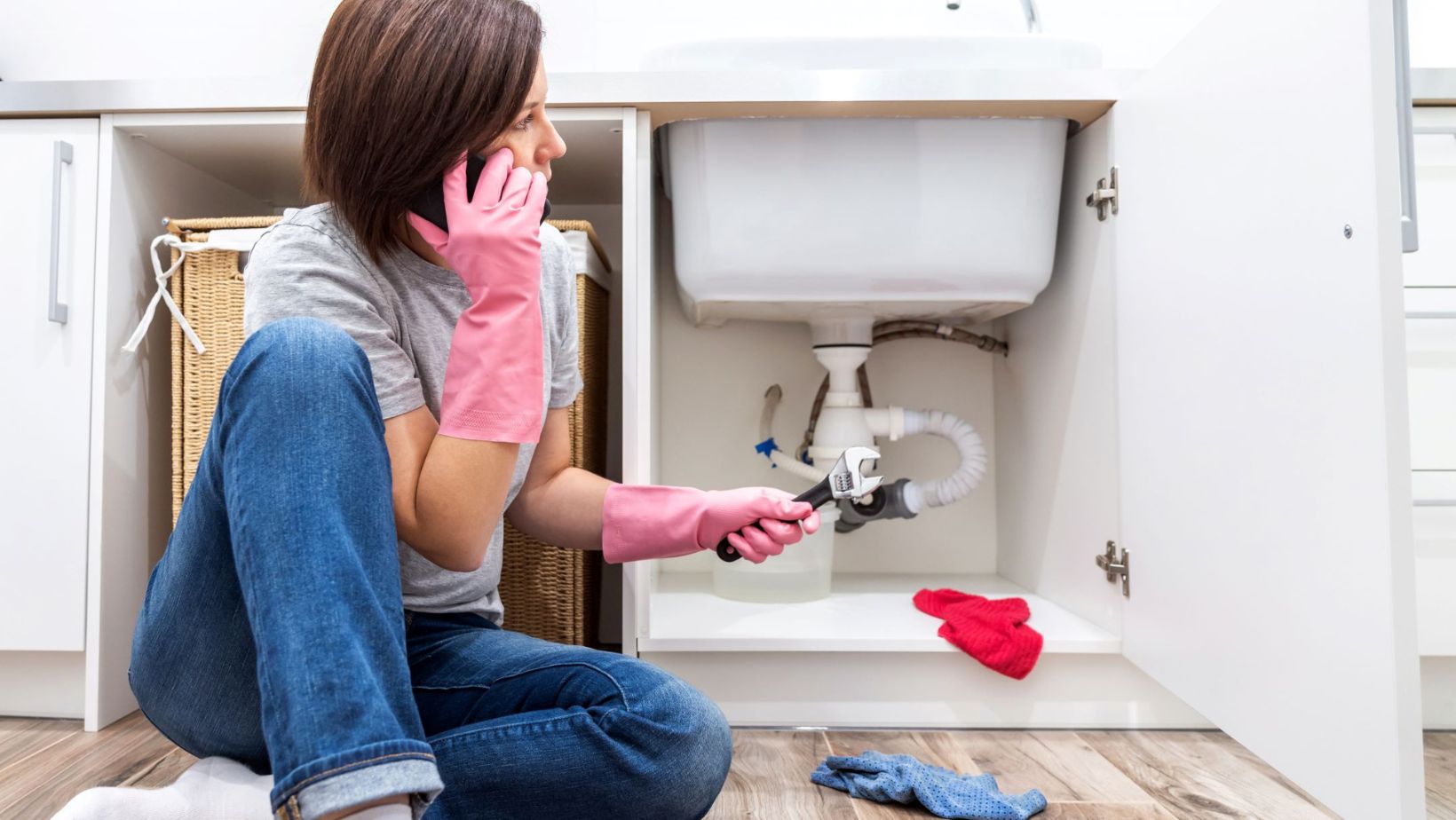Imagine waking up to the sound of running water or noticing a growing puddle under your sink. Frustrating, right? Well, plumbing emergencies can happen at any time, turning your calm home into a stressful situation. Knowing what to do at such moments can make a big difference and save you from expensive damage.
This article will walk you through practical steps to handle plumbing emergencies. Read on for the details!
Call a Professional Plumber
While tackling a plumbing emergency by yourself may be tempting, calling a professional plumber is often the best solution, especially for major issues. Serious problems like burst pipes, major leaks, or sewage backups need expert attention to prevent further damage.

These plumbers often respond faster and have a better understanding of local plumbing issues, which can be crucial in an emergency. Just make sure you explain the situation clearly so they can arrive fully prepared.
Stay Calm and Assess the Situation
Before calling an emergency plumber, stay calm and assess the situation. Panicking can lead to poor decisions and make things worse. Instead, take a moment to understand what is happening. Whether it’s a burst pipe, an overflowing toilet, or a severe leak, identifying the problem is essential. This initial assessment will guide your next steps.
Once you know what you’re dealing with, you can decide how to respond. If it’s a minor issue, you may be able to handle it with basic tools. However, for more severe problems, reaching out to an emergency plumber is the safest option.
Shut Off the Water Supply
When you discover the source of the problem, turn off the water supply immediately to prevent further damage. For localized issues, such as a leaking sink or toilet, shut off the valve closest to that fixture. This valve is usually behind or beneath the fixture, making it easy to access.
If you can’t find the valve or the issue affects multiple areas, locate your home’s main water shut-off valve. It’s often in the basement, garage, or near the water meter. Turning off the main supply will stop water from flowing into your home and help reduce the risk of flooding and further damage.
Drain Excess Water
If your home is flooded, draining excess water is crucial to minimize damage. You can use mops, towels, or a wet/dry vacuum to remove standing water from the area. This will prevent water from seeping into walls, flooring, and furniture, which could lead to long-term damage and mold growth.
To improve ventilation, open windows and doors. If you have fans, turn them on to help speed up the drying process. Removing water promptly will protect your home from severe damage and reduce the health risks of mold exposure.
Stop Minor Leaks Temporarily
If you find a small leak you can’t repair immediately, try to stop it temporarily. You can use a plumber’s tape, duct tape, or even a cloth to wrap around the leak and slow the water flow. This quick home repair can buy you time until a professional arrives or until you can make a more permanent repair.
For leaky faucets, place a bucket under the drip to catch water. This will help manage water waste and prevent damage to the area around the leak. While these solutions are temporary, they help control immediate issues and keep the space contained.
Check for Electrical Hazards
Prioritizing safety is essential in any water-related emergency. Water and electricity create a dangerous mix, so check for potential electrical hazards. If water has flooded parts of your home, avoid those areas and turn off the electricity from your main breaker panel.
But before doing this, make sure you are standing on a dry surface and wearing rubber-soled shoes. These precautions will help prevent electrical shock and keep you safe while managing the plumbing emergency.
Keep Emergency Supply Ready
Being prepared can make a big difference during a plumbing emergency. You can easily find necessary items at plumbing supply stores. To start, keep essential supplies like a wrench, plumber’s tape, buckets, and towels in an easy-to-reach spot. These tools can help you act quickly and manage the situation until a plumber arrives.

Prevent Future Plumbing Emergencies
After handling the immediate issue, take steps to avoid future plumbing problems. Regular home maintenance and inspections can help catch potential issues early.
For instance, check for signs of wear and tear on pipes, faucets, and other fixtures. If you notice any damage, replace or repair them to keep your plumbing system in good condition.
Additionally, make sure everyone in your household knows where the main water shut-off valve is and how to use it. This knowledge is vital during emergencies and can help stop a problem before it escalates. It ensures your home stays safe and minimizes future risks.
Conclusion
Handling a plumbing emergency at home can be stressful, but being prepared and knowing what to do can make all the difference. Staying calm, shutting off the water, and calling a professional when needed are critical steps to managing these situations.
Taking the above preventive measures and keeping emergency supplies on hand can help you respond quickly and minimize damage. With the right approach, you can protect your home and keep your family safe during any plumbing emergency.


More Stories
3 Benefits of Hiring Fence Contractors For Residential Fencing Services
When It Rains, It Floods: How To Survive Surprise Home Repairs Without Going Broke
How to Find A Reliable Bathroom Contractor in Burlington